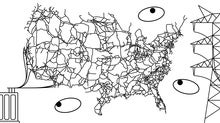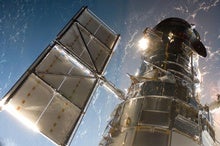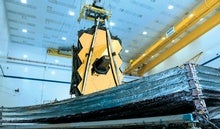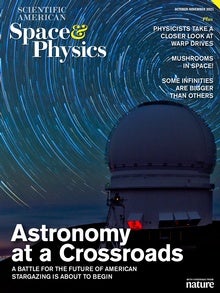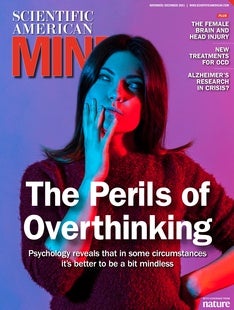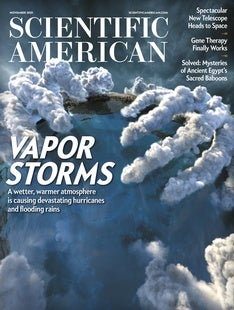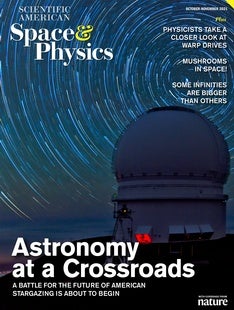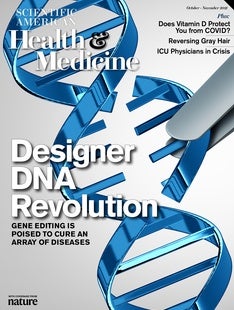 |
| November 09, 2021 |
Dear Reader,
Nacre, better known as mother-of-pearl, is a beautiful, iridescent material that lines the shells of certain sea creatures. But this material's value goes beyond its appearance: it's also both strong and damage-resistant. And now its structure has inspired a sturdy new glass composite. |
| |
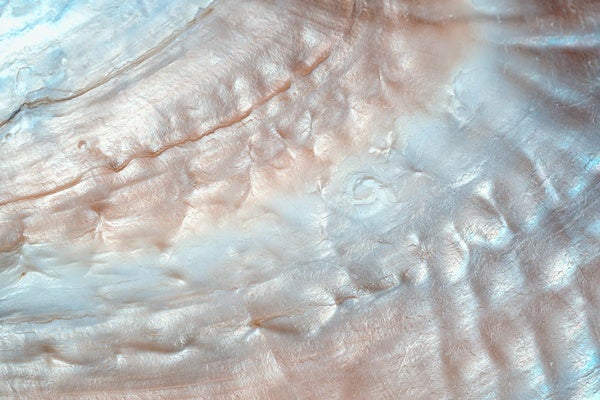 |
| |
| |
| |
| |
| |
| |
| |
| |
| |
FROM THE STORE
 | | | |
| QUOTE OF THE DAY
 "The unavoidable flaw in China's personal data law is that it doesn't stop the state itself from being able to access its citizens' personal information. People living in China will still be some of the most surveilled and censored on the planet." Matt Burgess, Wired UK | |
| |
FROM THE ARCHIVE
 | | | |
LATEST ISSUES
 |
| |
| Questions? Comments?  | |
| Download the Scientific American App |
| |
| |






